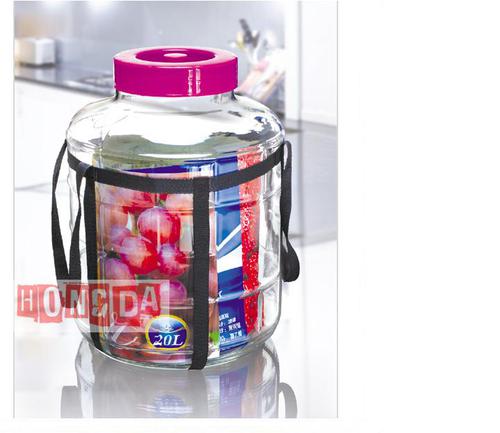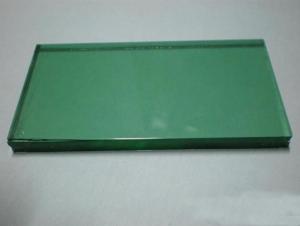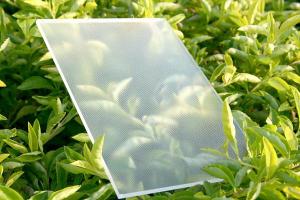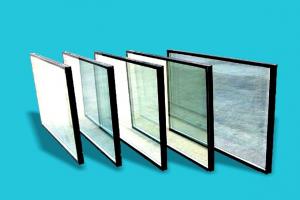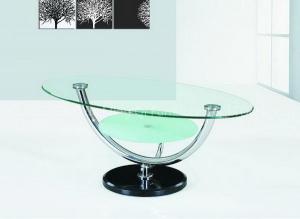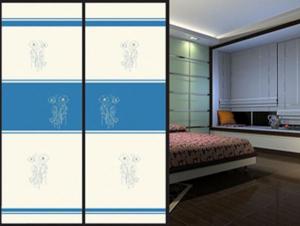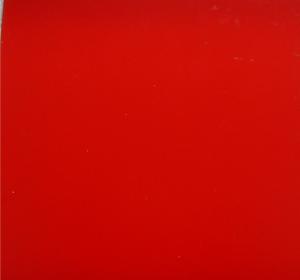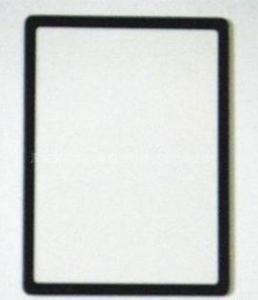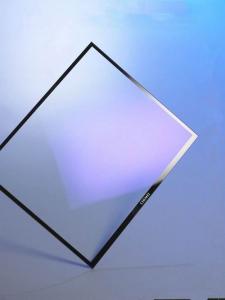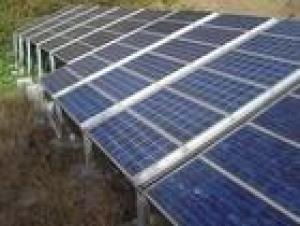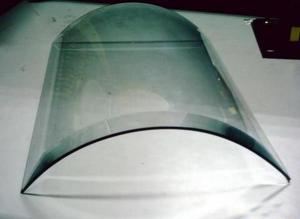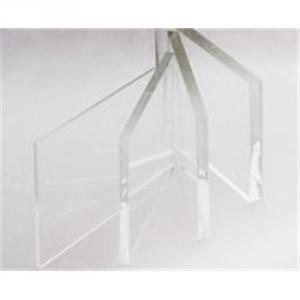Brewed Fermentation In The Bottle
- Loading Port:
- China Main Port
- Payment Terms:
- TT OR LC
- Min Order Qty:
- -
- Supply Capability:
- -
OKorder Service Pledge
OKorder Financial Service
You Might Also Like
This series of products adopt high grade raw material, high brightness, good transparency, characteristics, higher thickness with a breathable cap is particularly suitable for their own variety of plum wine brewing, Wine, various pickled cabbage pickled, unique breathable cap design safe, the greatest degree solves the risk his own wine fermentation bursting, the bottle body sleeve with cloth, beautiful and convenient movement, there are many models to choose, can choose the drilling assembly tap.
J20L Size:29.5x29.5x41cm Volume:20000ml
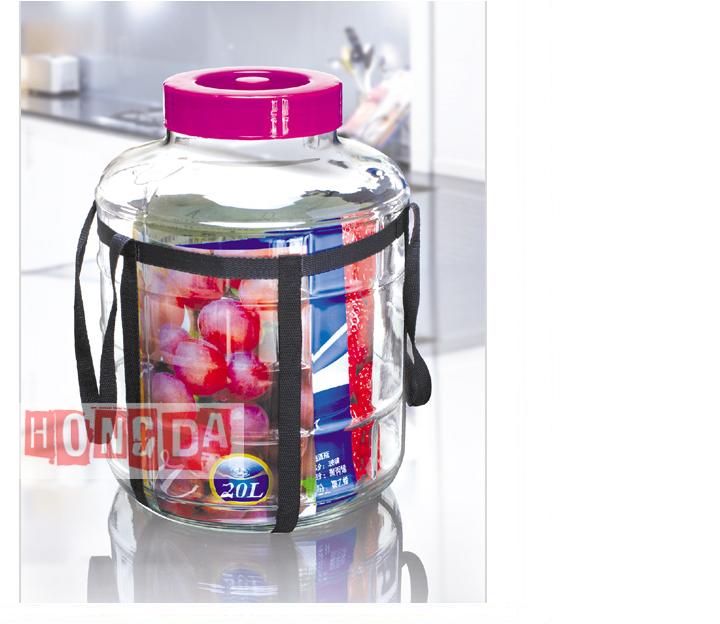
J16L Size:27x27x39.5cm Volume:16000ml

J13L Size:26x26x35cm Volume:13000ml
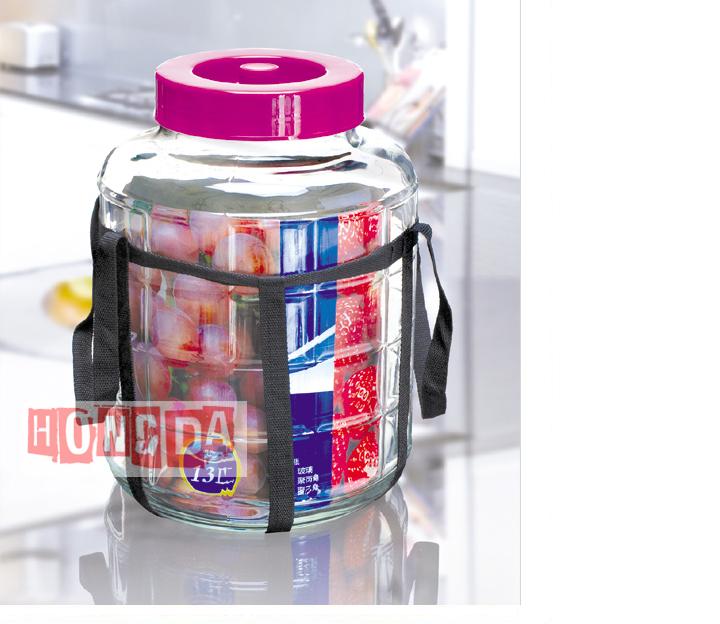
J10L Size:24.5x24.5x34.5cm Volume:10000ml
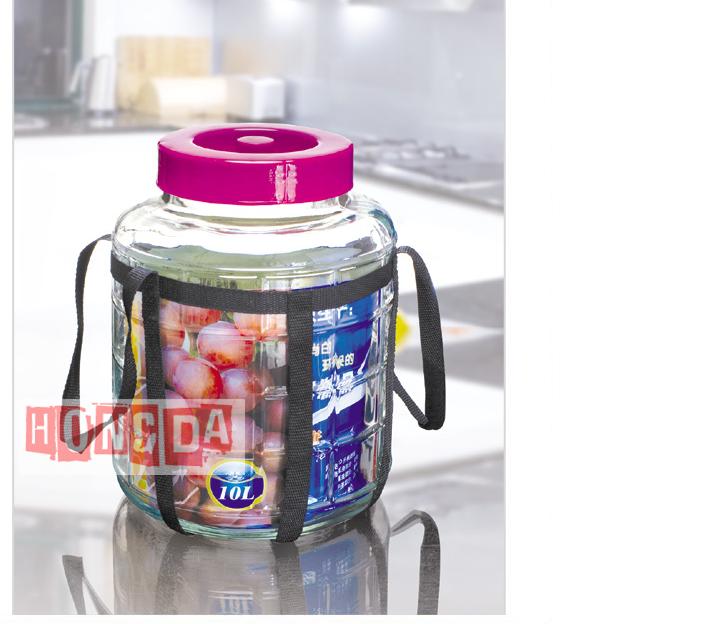
J8L Size:22x22x32cm olume:8000ml

J5L Size:20.5x20.5x26.5cm Volume:5000ml

- Q: Chemical materials and additives needed for the production of glass
- 1. Blending of raw materials. The main ingredients of float glass are: 73% of silica, 13% of sodium carbonate, 9% of calcium oxide and 4% of magnesium. The ingredients are mixed in proportion, followed by the addition of small pieces of recycled glass.2. Melting of raw materials. The prepared material passes through a mixing bin and then goes into a kiln with 5 chambers and is heated at about 1550 degrees centigrade to become a molten glass. 3. Glass forming. Molten glass flows into a tin bath and floats over molten molten tin, at a temperature of about 1000 degrees celsius. The molten glass on the tin solution forms a glass band of 3.66 meters wide and a thickness of 3mm to 19mm. Because the glass and the tin are very different in viscosity, the molten glass at the top does not mix with the molten tin below, and forms very smooth contact surfaces.4. Cooling of molten glass. When the glass band leaves the bath, the temperature is about 600 degrees Celsius, then it enters the annealing chamber or the continuous cooling kiln, and the temperature of the glass is gradually reduced to 50 degrees celsius. Thus, the glass produced by the Xu cooling method is also called annealed glass. 5, cutting and storage. After the cold, the glass passes through several stages of quality inspection, then cut into different sizes for packaging, storage, storage or transportation.Quartz sand is a hard, abrasion resistant and stable chemical silicate mineral. Its main mineral composition is SiO2, the color of quartz sandFor the white, colorless or translucent, 7 hardness, brittle cleavage, conchatus fracture, oil sheen, density 2.65, bulk density (1-2.0 = 1.6), 20-200 was 1.5, the chemical, thermal and mechanical properties have obvious anisotropy, insoluble in acid, slightly soluble in KOH solution, the melting point of 1750 DEG C.
- Q: What material is made of bullet proof glass?
- Bullet proof glass is made of glued laminated material, which is glued together with many pieces of glass or high strength organic board. Generally has the following three layers of structure:Bearing layer: firstly, the layer is broken by impact, and the glass with large thickness and high strength is used. It can destroy warhead or change warhead shape, and make it lose the ability to move forward.Transition layer: the general use of organic adhesive material, strong adhesion, light fastness, can absorb part of impact energy, change the direction of the bullet forward. A very strong and transparent chemical film is sandwiched between laminated glass. This can not only effectively prevent bullet shooting, but also has the properties of surge resistance, explosion resistance, shock resistance and no cracks after impact.Safety protection layer: this layer is made of high strength glass or high strength transparent organic material. It has better elasticity and toughness, can absorb most impact energy, and ensure that the bullet can not penetrate the layer
- Q: List and characteristics of chimney glass flake cement
- Good temperature resistance. The use of glass flake lining, its heat resistance than similar resin coating can be increased by 20-40 degrees, so often used in good oil pipelines, hot water pipelines, heat resistant chemical devices.
- Q: Acrylic plexiglass rod can be used in what way?
- Plexiglass sticks, which cheap plexiglass bonding is an important process, to enhance product quality and taste, affected by two aspects, one is adhesive; two is adhesive skills.
- Q: Polypropylene short fiber and glass fiber if different
- Polypropylene fiber is resistant to acid and alkali, and glass fiber has poor alkali resistance.
- Q: What are the chemicals in glass?
- Common raw materials are quartz sand, feldspar, calcite, calcium carbonate, three, two aluminum oxide, sodium carbonate, borax and so on.
- Q: How to seal the glass fiber reinforced plastic mould?
- Rubber pad seals are thickness, will be relatively increased parting surface gap, for complex, not good concave convex surface, uneven surface, you can use ordinary fastening before playing glass glue or fastening hot melt gun hit again. It can be divided into surface on floor wax coat material brush, then fastening glass steel mold.
- Q: Who can tell me the raw material and function of the flashy glass?
- Float and other molding methods, its advantages are: suitable for efficient manufacturing quality of flat glass, such as no wave, uniform thickness, smooth surface, upper and lower are parallel to each other; the scale of the production line is not affected by the forming method, energy consumption per unit of product is low; the finished high utilization rate; easy to scientific management and implementation across the board mechanization, automation, high labor productivity; continuous operation cycle of up to several years, is conducive to stable production; to provide suitable conditions for the on-line production of some new varieties, such as electric float reflective glass, annealing, cold end spraying film glass surface treatment etc..
- Q: What is acrylic material?
- Acrylic introduction;Acrylic comes from English Acrylics, generic name for Acrylics acrylic and methacrylic acids chemicals. Including monomers, plates, aggregates, resin and composite material, acrylic acid methyl ester by methyl monomer (MMA) polymerization, namely polymethylmethacrylate (PMMA) organic glass plate, "organic glass" from the name "Oroglas" (a PMMA), from the "Organic Glass" (organic glass). But in recent years, all transparent plastics such as PS and PC are collectively referred to as organic glass.
- Q: Why is the process of glass toughened always broken?
- It blew the concept of rate, the national standard of our country only glass project on the wall, I do not know whether the other foreign industry to use the toughened glass also has detailed provisions.
Send your message to us
Brewed Fermentation In The Bottle
- Loading Port:
- China Main Port
- Payment Terms:
- TT OR LC
- Min Order Qty:
- -
- Supply Capability:
- -
OKorder Service Pledge
OKorder Financial Service
Similar products
Hot products
Hot Searches

